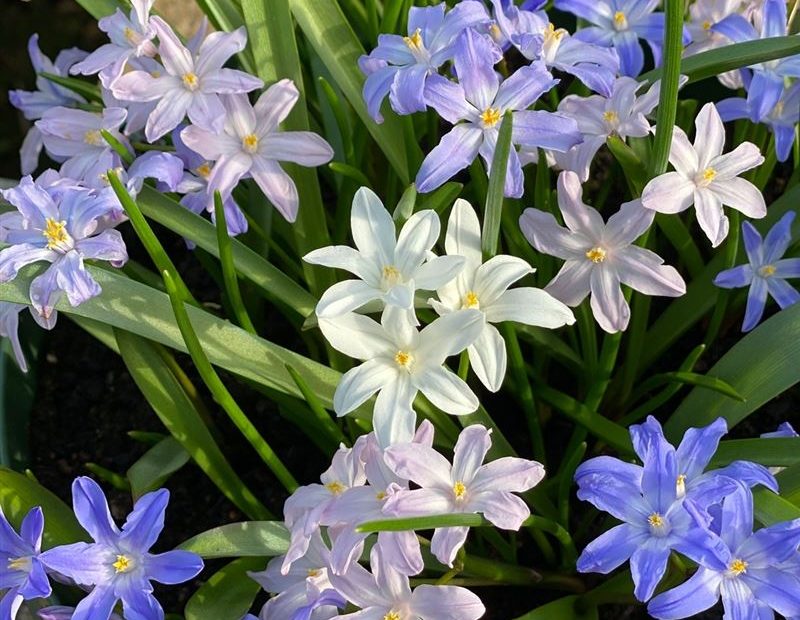Chionodoxa, commonly known as glory-of-the-snow, is a genus of bulbous perennial flowering plants native to Turkey and nearby areas of the Middle East. Its delicate blue and white blooms are a welcome sign of spring, often blooming in late winter and early spring before most other plants. The blooms appear on top of 6-8 inch stems and are often pollinated by insects such as bees.
Chionodoxa photos:
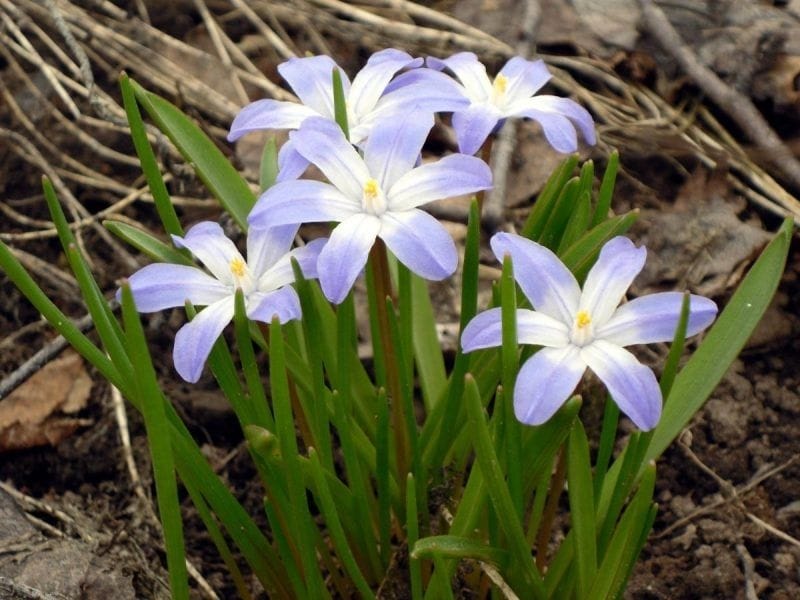


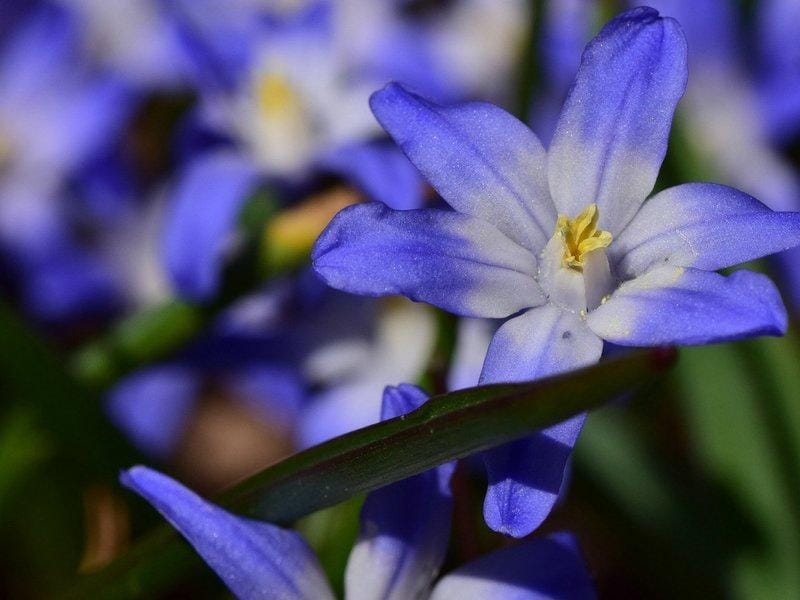
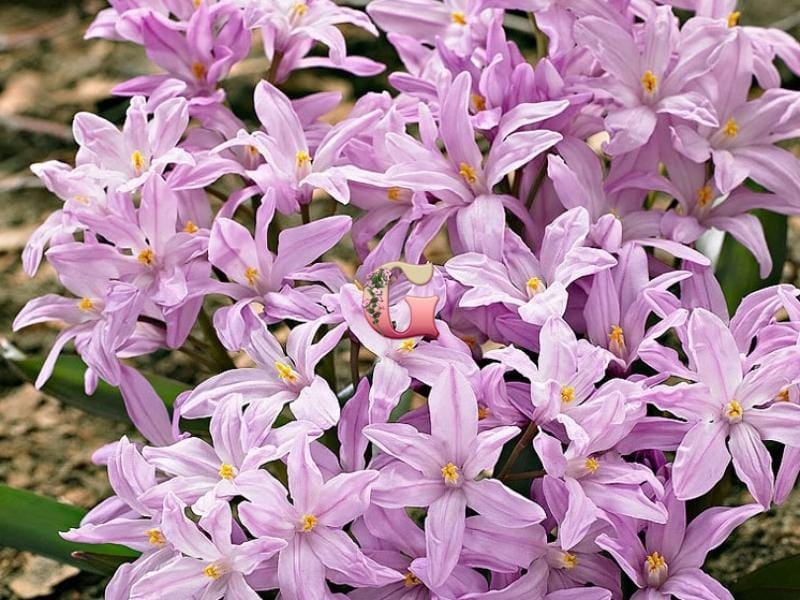
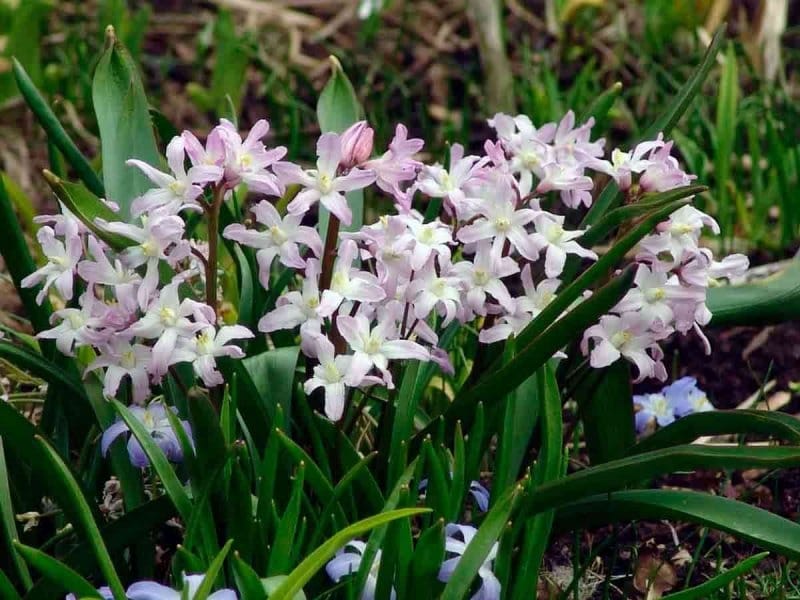
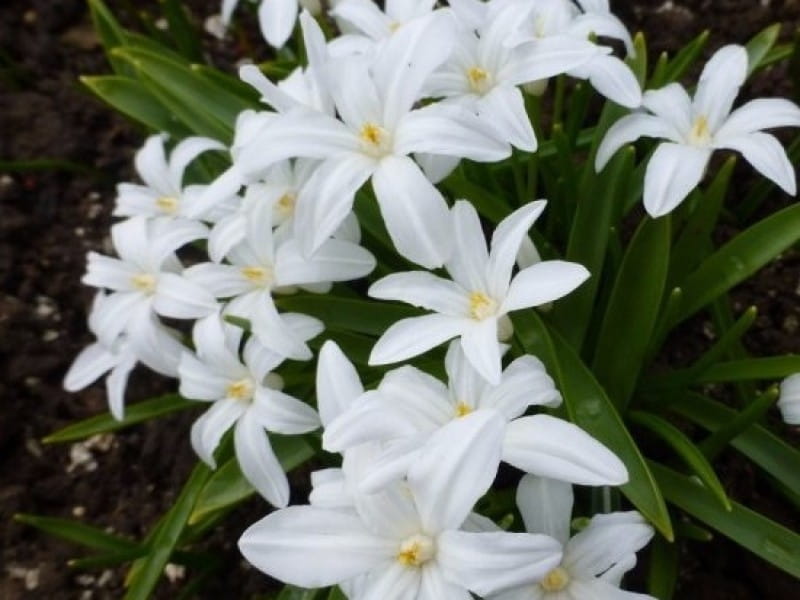

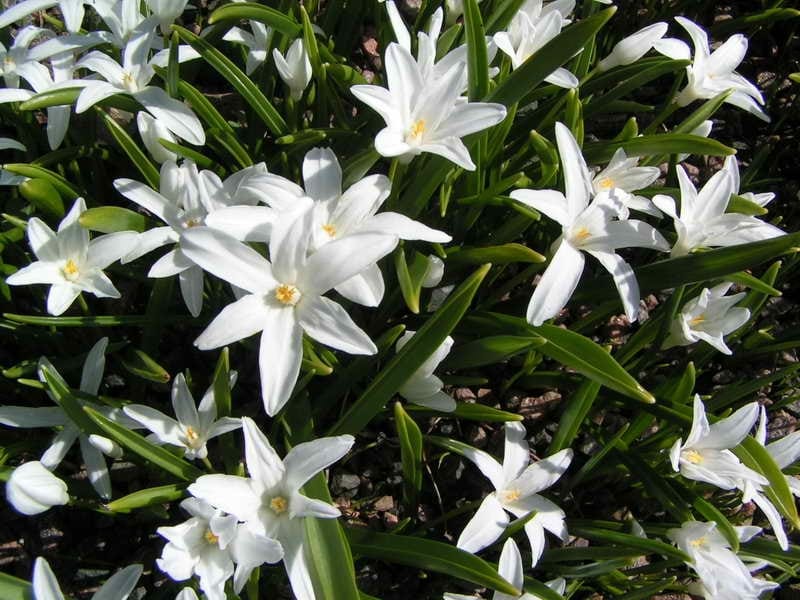
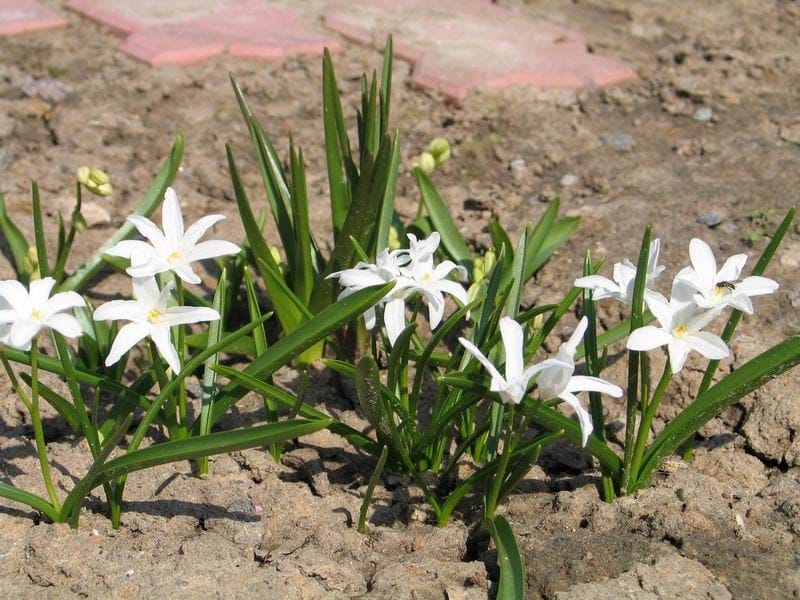
Chionodoxa is most often planted directly into gardens, as it can spread rapidly and can readily naturalize and fill an entire area. It pairs well with other low-growing spring blooms like narcissus and grape hyacinth, and is a popular choice for rock gardens and pathways. Chionodoxa can also be forced indoors in later winter, adding a welcome dose of spring flower power to any room.
Propagation
Chionodoxa can easily be propagated by dividing the bulbs or by planting the seeds of the dried flowers. For best results, it should be planted in a sunny location and kept moist. Once established, it is an extremely hardy plant, growing back reliably even after harsh winters or extended dry spells.
Maintenance
Chionodoxa is a low-maintenance plant that requires minimal care. After it flowers, the foliage should be trimmed back and the bulbs allowed to rest for the remainder of the season. It should also be divided every 4-5 years to ensure the plant does not become overcrowded and prevent flowering.
